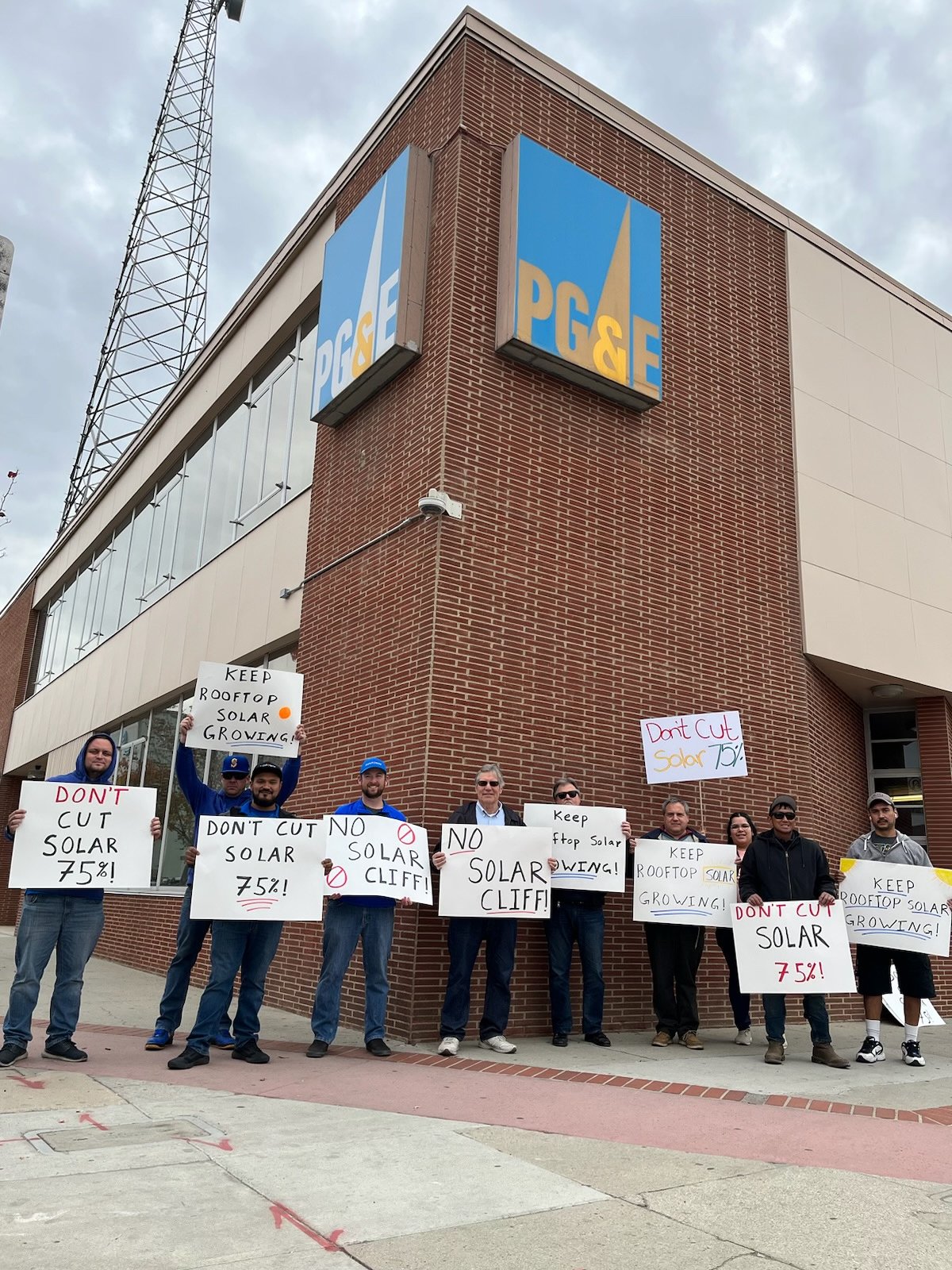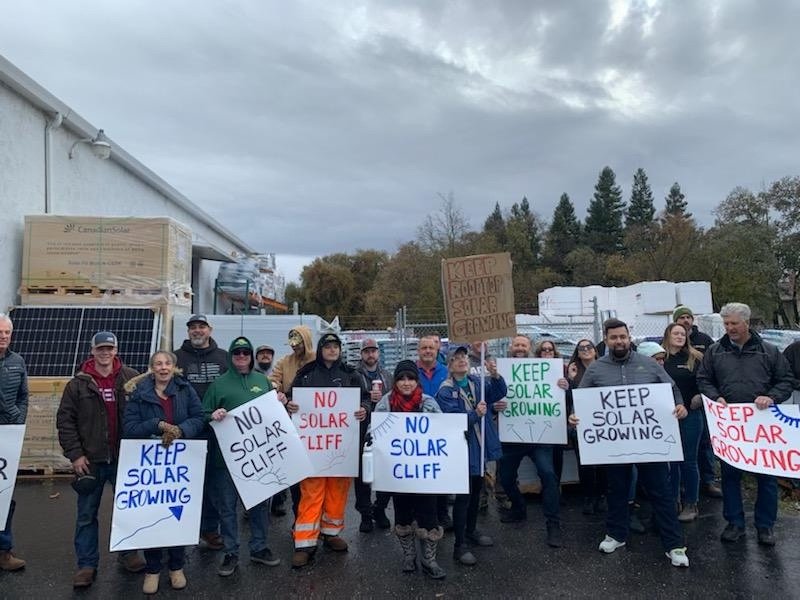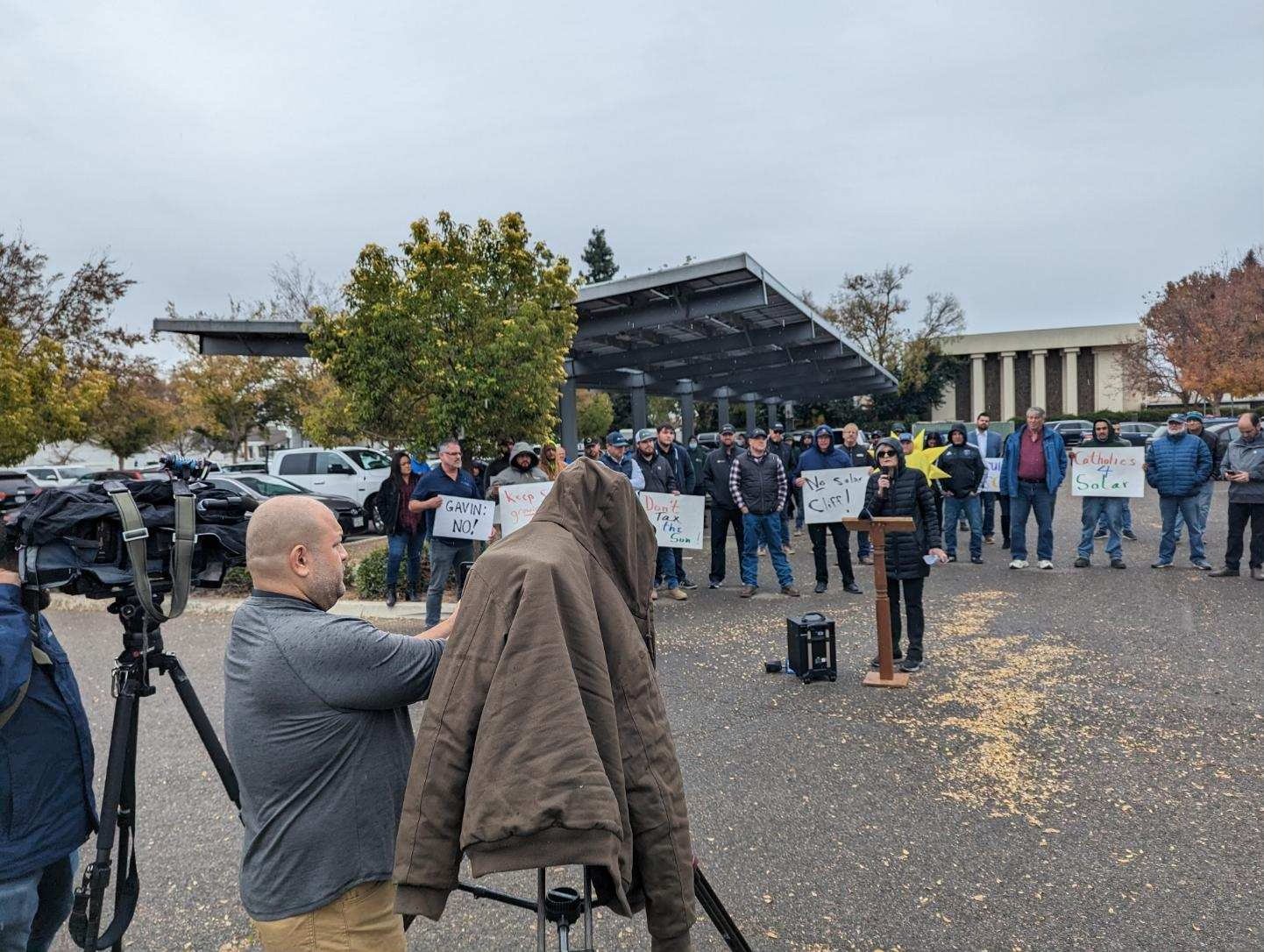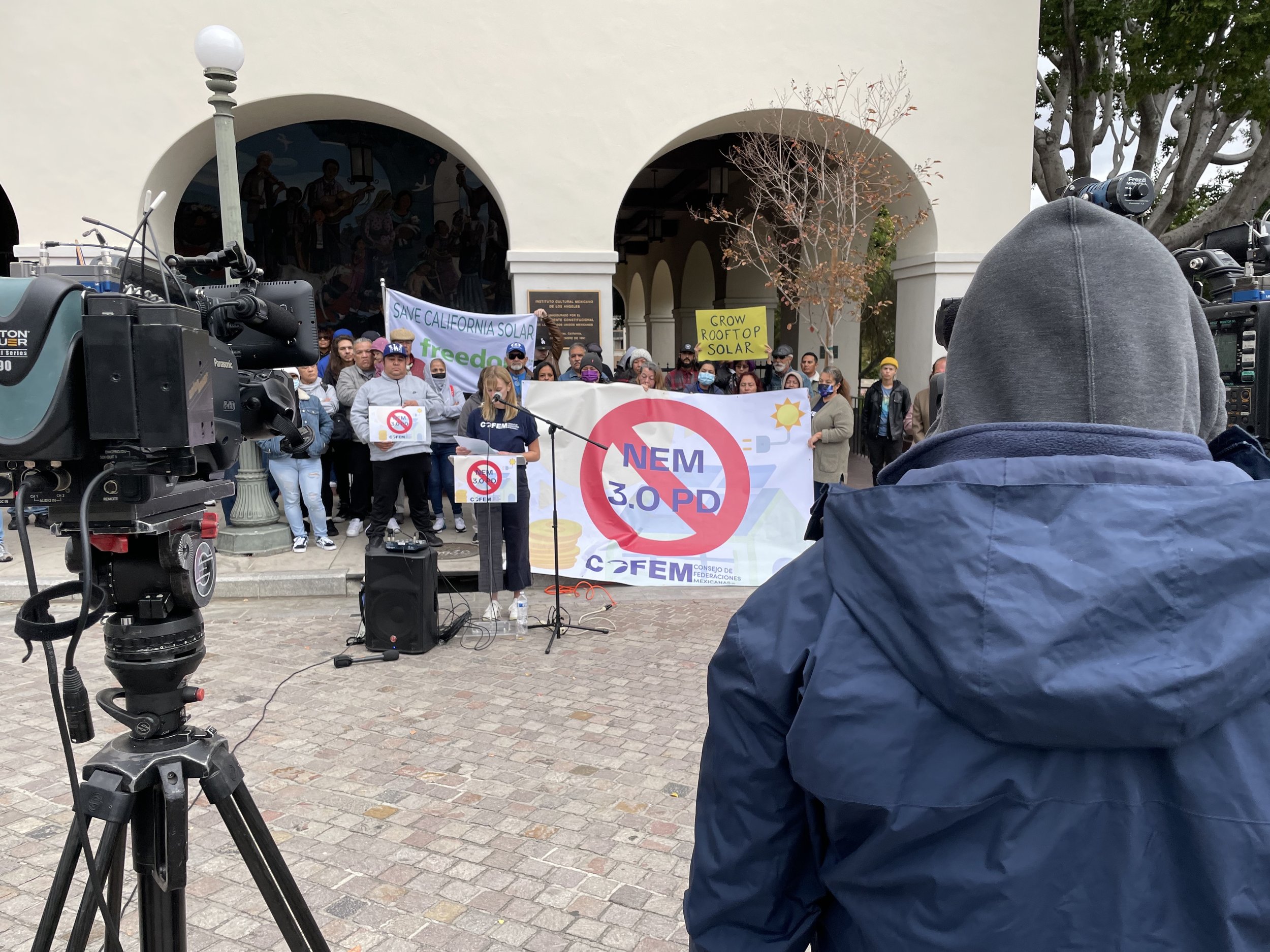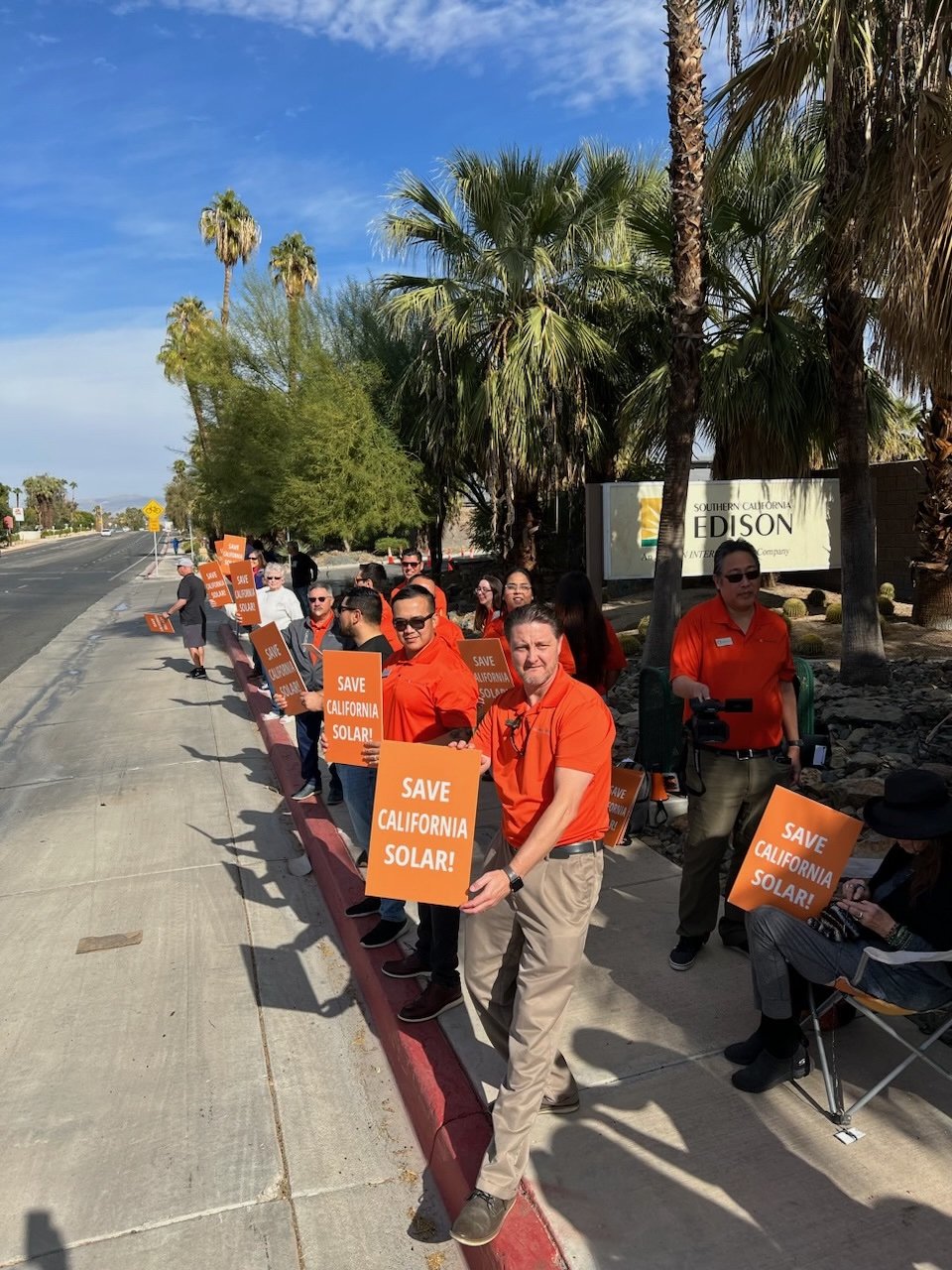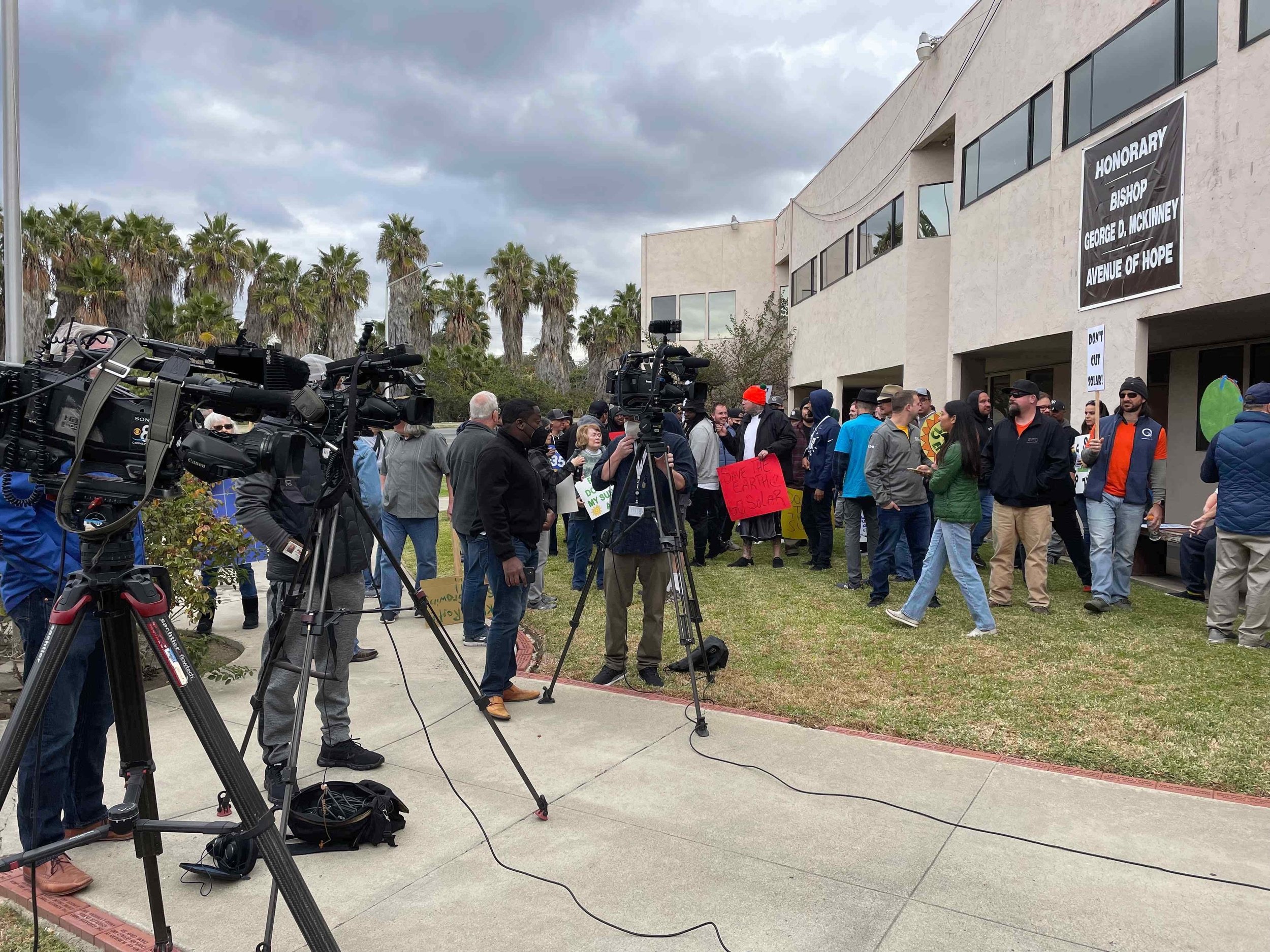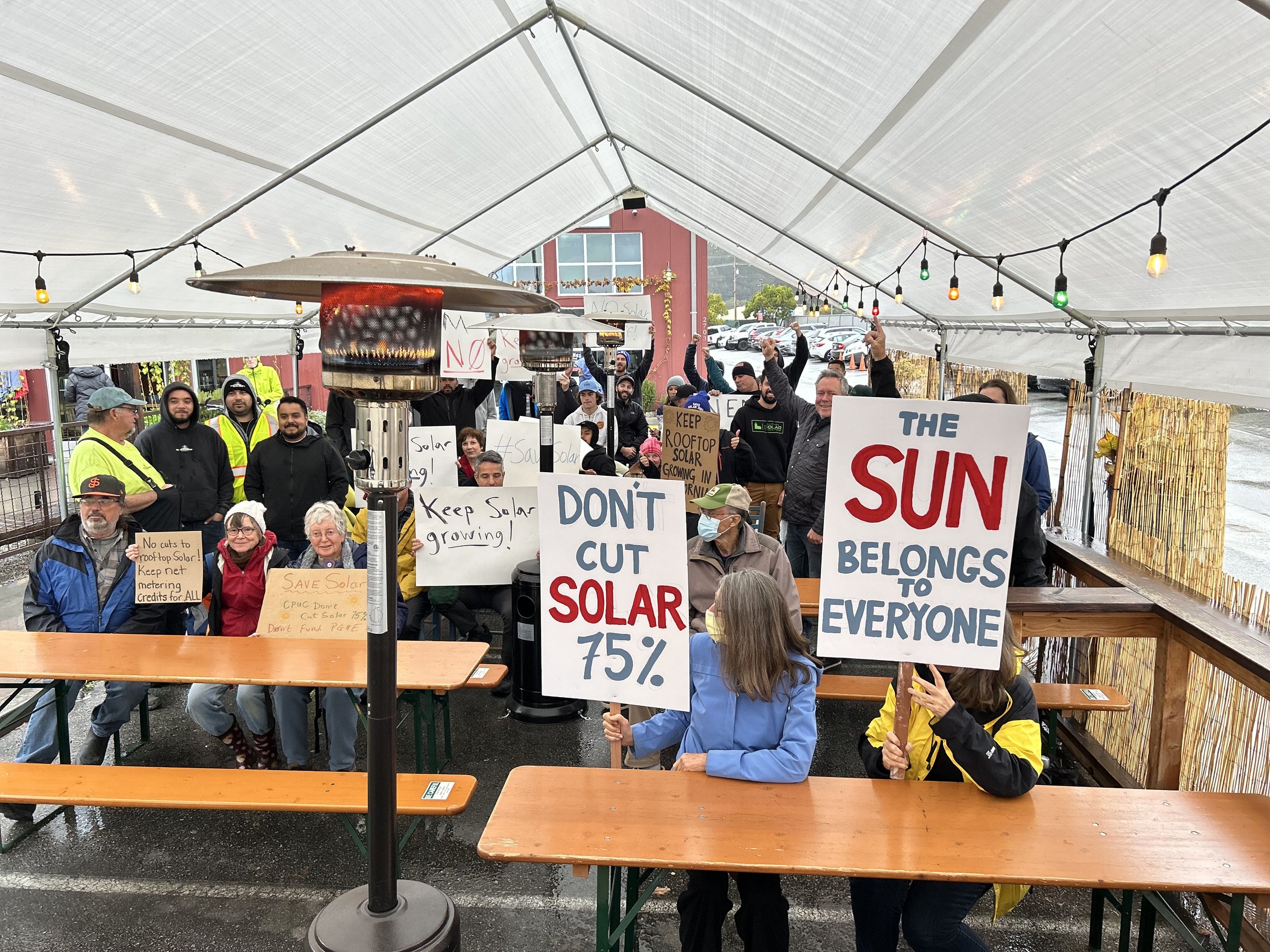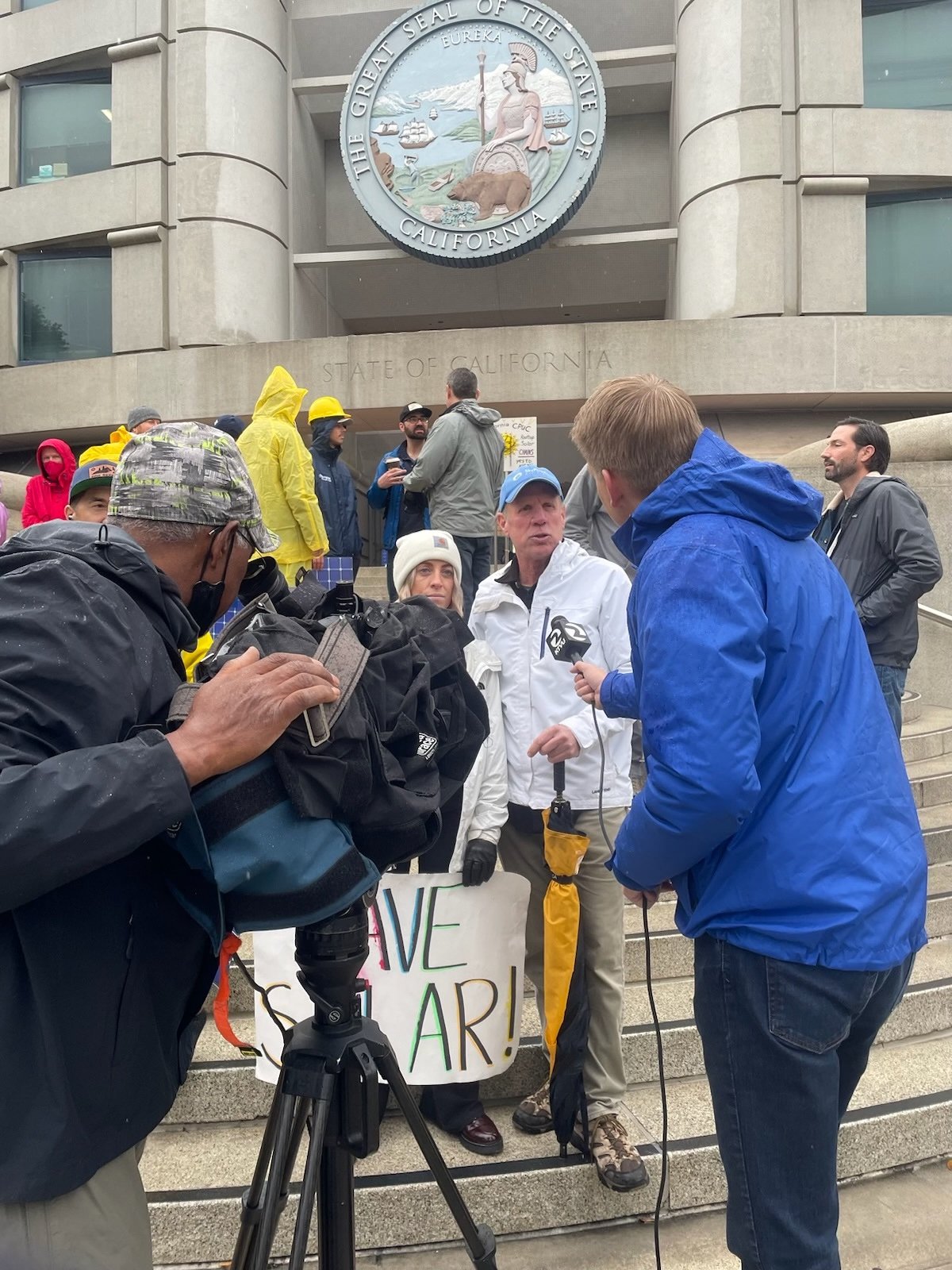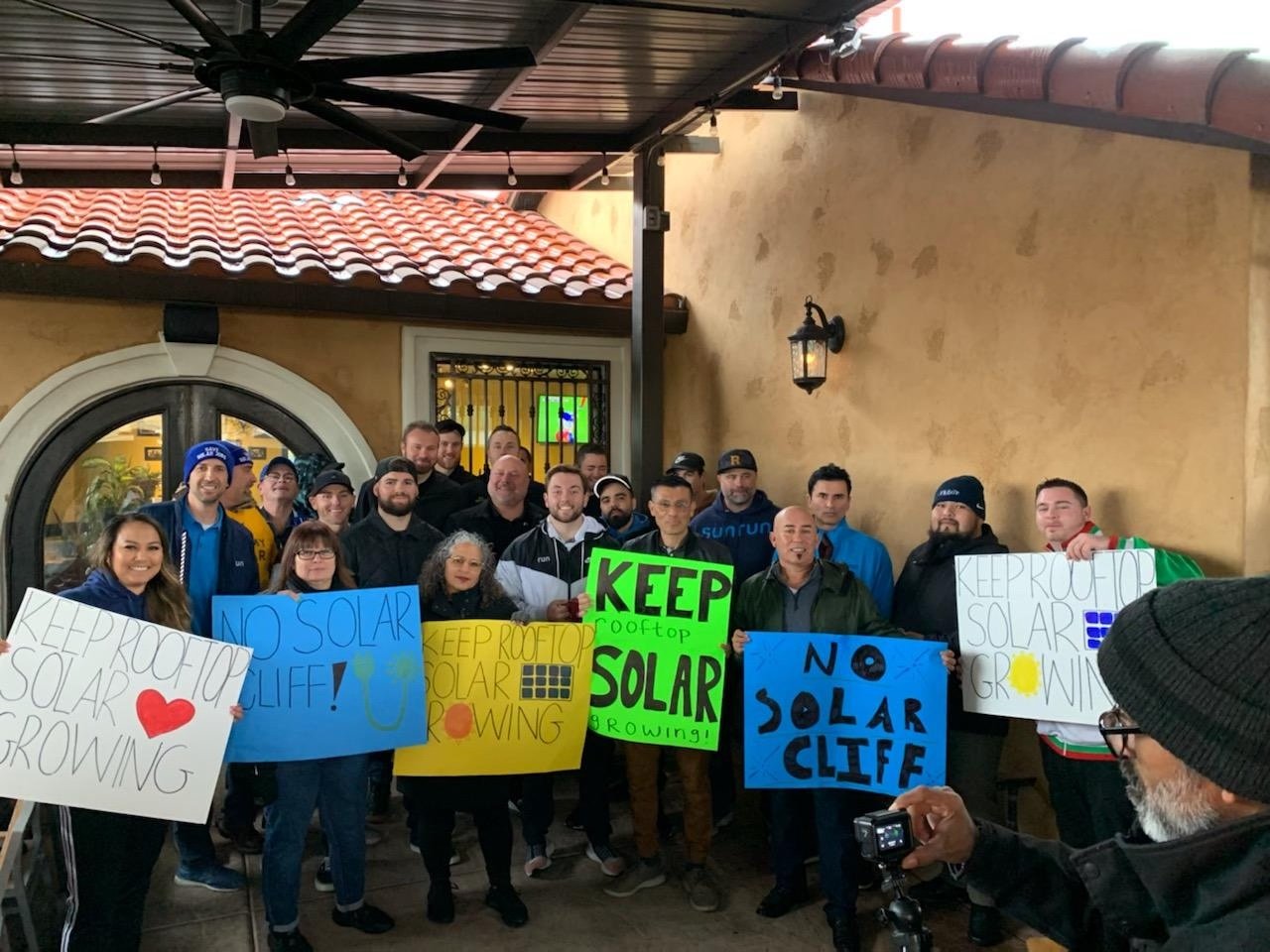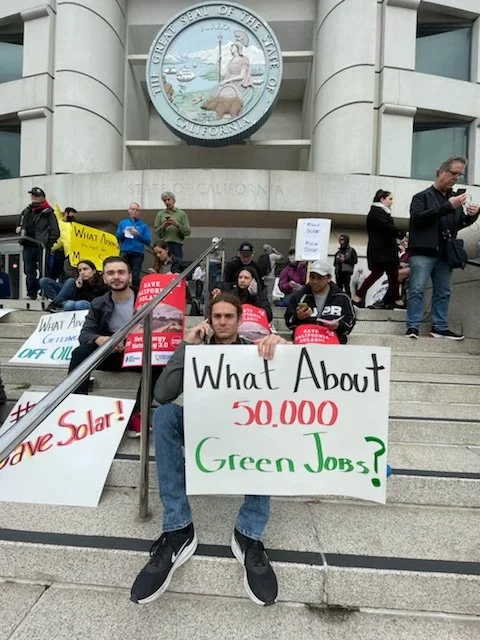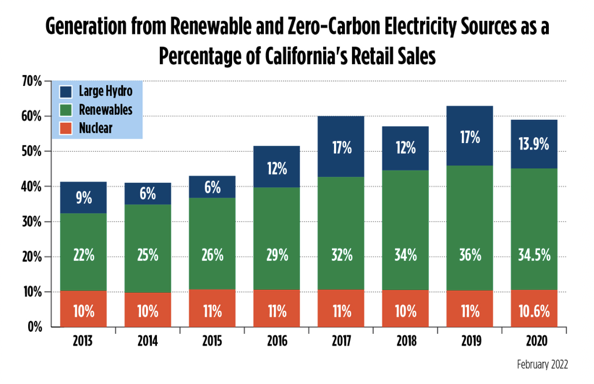Thousands of small batteries could replace tomorrow’s giant power plants, helping avoid blackouts and lowering grid costs
The California Energy Commission voted today on a new program that will help avoid power outages by tapping into customer-sited batteries across the state
Embarking on a revolutionary way to power California’s carbon-free future, the California Energy Commission (CEC) approved a new program that would tap into thousands of distributed solar-charged and standalone batteries located at homes and businesses throughout the state to meet the state’s growing electricity needs, particularly on hot summer evenings.
The concept is sometimes called a “virtual power plant,” and it is now featured in an innovative new part of the CEC’s Demand Side Grid Support program. The program would allow fleets of customer-sited batteries to be remotely dispatched when demand for electricity is at its highest, the grid most stressed, and energy prices through the roof. Energy prices rise when supplies are tight, like in a heat wave when demand for electricity spikes to keep air conditioners running. Bringing fleets of batteries online during these high-price events will help respond to grid emergencies, avoid power outages, help lower prices for all ratepayers, and ultimately avoid grid emergencies in the first place.
Approximately 100,000 solar-charged batteries are currently installed at businesses and homes throughout the state. These batteries have the combined capacity of approximately 1 gigawatt of power, which is the size of one nuclear reactor. Unlike a traditional power plant, these batteries are extremely nimble, with the ability to respond in an instant when energy is needed.
“Energy needs in the 21st century demand innovative thinking and that is what the California Energy Commission is embracing today,” said Bernadette Del Chiaro, executive director of the California Solar & Storage Association. “California must do more to encourage consumers to adopt solar and battery technologies at the local level so that we can keep the lights on and the air clean.”
The program adopted today is an early step toward a future electric system that could ultimately draw on millions of clean, distributed batteries to support the grid, communities, and residents. The battery virtual power plant pathway was proposed by the California Solar and Storage Association as a way for the state to take better advantage of the many strengths of customer-sited energy storage.
The challenge for the state is to get more consumers investing in these batteries and to create programs and incentives to allow energy providers to tap into them during the small number of hours each year when the grid is most stressed. This challenge is supported, in part, by this new program but much more needs to be done to meet California’s ambitious electrification goals.
The CEC passed guidelines for this program with a unanimous vote of 3 commissioners at its July 26 business meeting in Sacramento. With the passage of the new guidelines, Demand Side Grid Support providers—including companies that operate virtual power plants composed of customer batteries—are expected to enroll in the program and begin signing up customers as early as this summer.
“Today’s vote marks one small step but a step in the right direction nonetheless,” said Del Chiaro. “We applaud the Commission’s action today and look forward to working with more California policy makers to build more clean energy for the benefit of everyone.”

